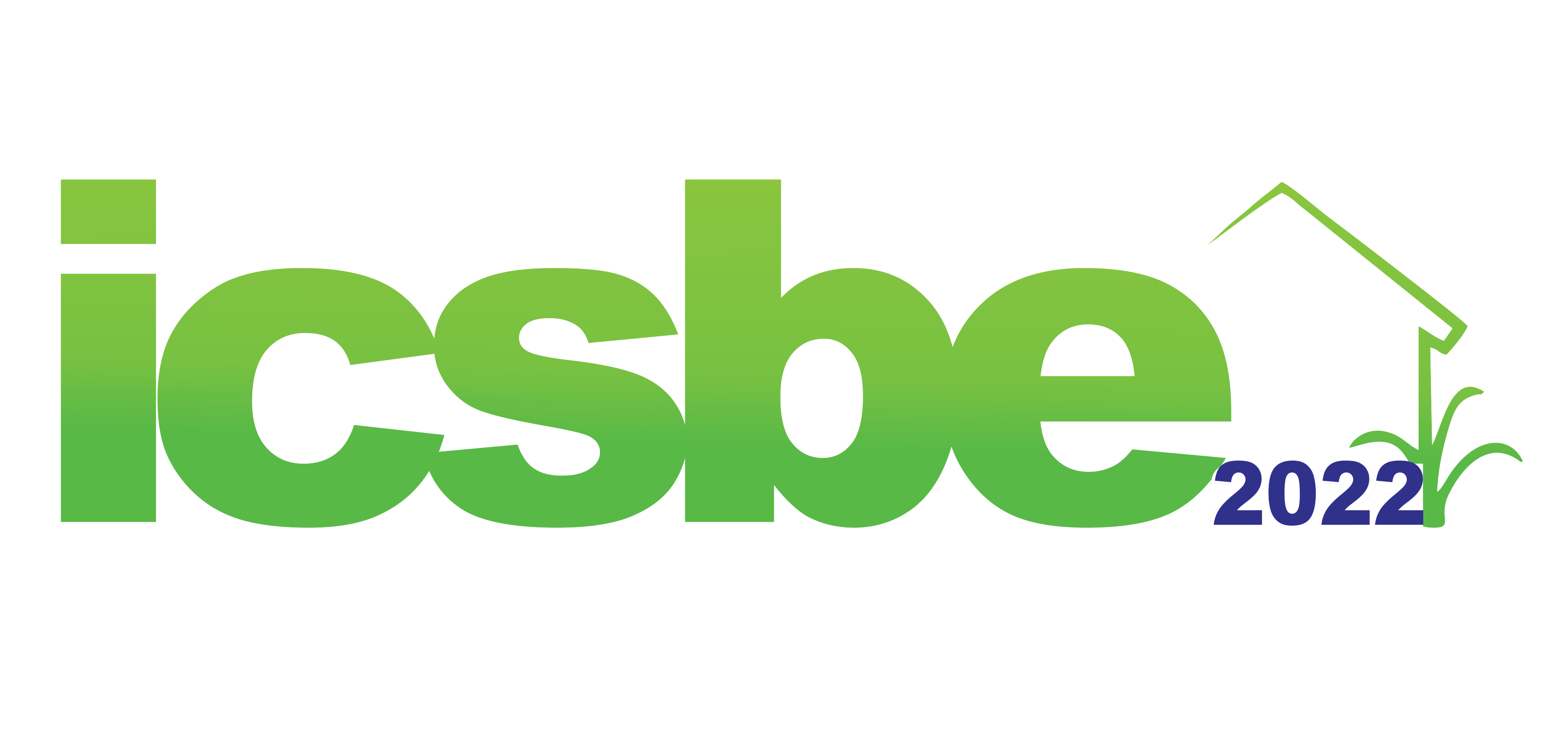THE BEAUTIFICATION OF WATERFRONT SOCIO-SPATIAL IN THE HISTORY OF JAKARTA USING STORYTELLING METHOD. CASE STUDY: THE PASAR BARU, JAKARTA
S Meliana1, J Blair2, I Rachmayanti1, A A S Fajarwati1, A F C Fathoni3, O S C Rombe[1]*
1 Interior Design Department, School of Design, Bina Nusantara University, Jakarta 11480, Indonesia
2 Sustainable Built Environment, University of New South Wales, Anzac Parade, Kensington, Sydney, NSW 2052, Australia
3 Comunication Visual Design Department, School of Design, Bina Nusantara University, Jakarta 11480, Indonesia
[1]* Corresponding author’s email: [email protected]
DOI: https://doi.org/10.20885/icsbe.vol4.art45
ABSTRACT
The overflow of river water is always unstoppable and becomes a high puddle in the city of Jakarta which will soon relinquish its status as the capital of the Republic of Indonesia. When talking about rivers, it is known that the formation of a city that has rivers and canals cannot be separated from urban planning in the Dutch Colonial era, even earlier in the era of Prince Jayakarta, the first ruler of the city of Batavia. This study aims to find and retell the history of the heyday of rivers in Jakarta in their golden era which were beautiful, clean, livable and became the pride of the city at that time. This research use a qualitative method with storytelling and narrative lines, as well as descriptions. Data collection was obtained from literature sources focussing in the Ciliwung River, Jakarta. The conclusion was closed with a big question: can this beauty be repeated and make the river one of the socio-spatial media in the development of urban planning? What can stakeholders do so that the river becomes an icon of a sustainable urban environment and can be more useful for the community in improving their economy.
Keywords: Jakarta waterfront, Ciliwung, sustainable urban environment
REFERENCES
[1] Kusno A 2018 Where Will the Water Go? Indonesia 105 19–51
[2] Sulistyo A 2020 Jakarta Dari Masa Ke Masa: Kajian Identitas Kota “Indonesia” Melalui Tinggalan Cagar Budaya Berk. Arkeol. Sangkhakala 23 1–17
[3] Sandi M R 2022 Pemprov DKI Tetapkan 3 Objek Cagar Budaya Baru, dari Kanal Ciliwung hingga Taman Proklamasi Megapolitan
[4] Fajarwati A A S, Rombe O S C, Henry L, Rachmayanti I and Meliana S 2021 Hybridity Culture: The Adaptive Reuse Concept for an Escape Place. Study Case: Gedung Antara, Pasar Baru, Jakarta IOP Conf. Ser. Earth Environ. Sci. 933
[5] Susantio D Dulu, Ciliwung Paling Bersih dan Paling Baik di Dunia https://gentrapajajaran.wordpress.com/2014/01/24/dulu-ciliwung-paling-bersih-dan-paling-baik-di-dunia/
[6] Dewi E P, Kurniawan K R and Ellisa E 2018 Transformation of Canals in Colonial Batavia Int. J. Archit. Urban Stud. 3 55–65
[7] Muhana F 2017 The Importance of Indonesia People’s Shipping ( Pelayaran Rakyat ) in Terms of Value Added, Employment, and Competitive Position
[8] Ramdhaniah E N, Sundari I and Sari A W 2021 Dampak penanganan epidemi kolera terhadap kondisi sosial budaya Penduduk Batavia tahun 1900-1920 J. Indones. Hist. Educ. 1 284–301
[9] Nas P J M and Pratiwo 2003 The streets of Jakarta Fear, trust and amnesia in urban development Fram. Indones. Realities. Essays Symb. Anthropol. honour Reimar Schefold 275–94
[10] Pramantha R Q, Agustian E, Suminar L and Refnitasari L 2021 The characteristics of riverbank slum settlement in Indonesia. Case study: Depok, Palembang, Surabaya, and Surakarta IOP Conf. Ser. Earth Environ. Sci. 916
[11] Simone A 2014 Jakarta, Drawing the City Near (University of Minnesota Press)
[12] Kusno A 2011 Runaway city: Jakarta Bay, the pioneer and the last frontier Inter-Asia Cult. Stud. 12 513–31





Leave a Reply
Want to join the discussion?Feel free to contribute!